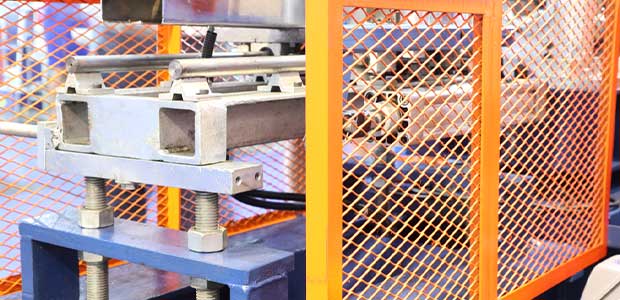
How to Assess and Design Guarding for Older Machines
It is essential to assess the machine and human interactions when trying to enhance guarding.
- By Joseph P. Gasparino Jr.
- Sep 01, 2022
Edward Bullard Sr. founded the Bullard Machine Tool Company in 1894. His son Edward Bullard Jr. continued the family business and brought the Turret principle to vertical boring mills, making it a Vertical Turret Lathe (VTL). These machines are still in operation in industries like aerospace, oil & gas, automotive and other machining services. VTLs are rigid high-speed machines that are built well enough to survive 100 years of production. They are also deadly machines that have documented fatalities. When VTLs were originally designed and manufactured, safety was not a consideration.
Following the OSHA hierarchy of controls, the ideal outcome would be to eliminate or replace the machine. Unfortunately, we have found, in some instances, older equipment can’t be replaced. Sometimes the newer options don’t have the efficiencies or quality of the older machines. Furthermore, cost for replacement is sometimes in the millions of dollars and the company cannot justify replacing them.
A lingering question is how to enhance the machine guarding and overall safety of old machines. The answer is custom guarding. Whether it’s an internal initiative or you seek external support, here are some techniques to properly assess the equipment, and design a robust solution, for older equipment.
Assessment
When assessing the old machine guarding design criteria, there are several aspects to consider. First, you should look at the variations in usability. Is it a single feature machine or does this machine perform multiple tasks? Even though you may have multiple models of the same machines, sometimes the machine model and types are completely different. Even though accounting or maintenance may consider them the same machine, each one should have their own individual assessment. Machines with the same model number or vintage have different features and may have been modified over the years. Variations in products that run over the machine can change the guarding design. Smaller or larger products cause different hazards thus, a different guard design is needed.
Next are the human interactions with the machine, which involve the operators and maintenance personnel. With the operator, it is best to observe the different aspects of the job. We like to call this process a Design Facilitation, as it mimics some Lean Manufacturing Kaizen principles. It is essential to observe normal production runs, setups and teardowns and the potential production stoppages. Those interactions could include tool changes or even machine issues that cause stoppages and operator interactions. Machine repairs or high-risk opportunities typical can be identified here. Verify the operator to machine interactions, especially for high-risk tasks that involve rotating hardware against a fixed object as those scenarios could lead to serious injury or death.
This article originally appeared in the September 1, 2022 issue of Occupational Health & Safety.